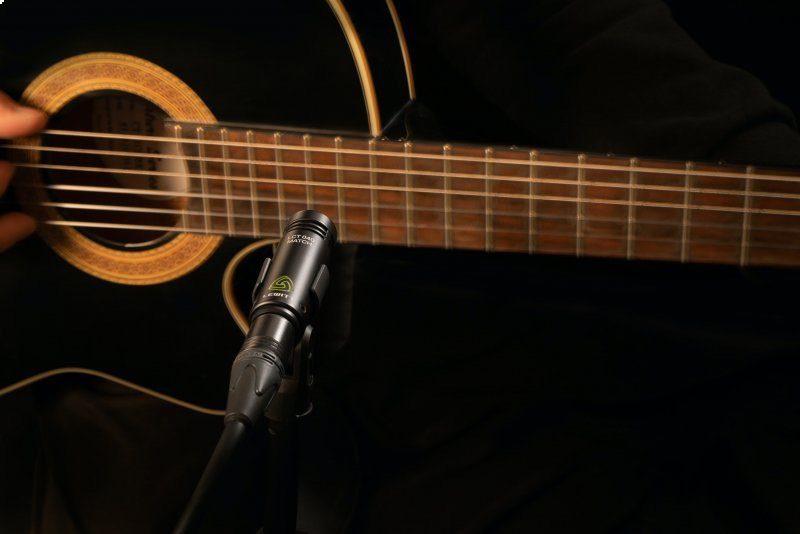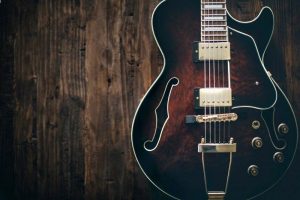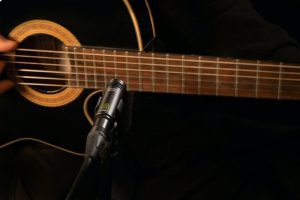When it comes to creating good guitar sound and tone, the possibilities seem endless, and the way a person plays is just as important as what they’re playing. In this article, we will take a look at some of the things you can do as a player to improve your tone on electric and acoustic guitars, from equipment adjustments, to technique, to what kind of pick you use. These and other considerations will help you achieve the tone you’re listening for. And will help you improve your overall guitar sound.
Electric Guitar
Electric guitars present a myriad of possibilities for improving your tone. You can do this by making the right adjustments to your set-up. Here are some key points you don’t want to overlook:
- Pick-ups- Your pick-up height, angle of the pick-up, and placement of the pole pieces (magnetic poles) play a role in how evenly, or biased your strings sound together. If you are experienced with these adjustments, you may do these things yourself, or take your guitar to a trusted professional to make sure your guitar is set up for proper play.
- Amplifier- A more obvious adjustment you can make is with the treble, mid, and bass tone controls of the amplifier you are using. Experiment with each setting while playing notes or chords to get an idea of what your amp can do in general. Then adjust accordingly. I personally find a good balance with all three settings somewhere around the mid-way point. It’s easier to fine tune more specifically after that.
- Effects- Most electric players are at least somewhat familiar with sound effects, which can improve their guitar sound by adding more “depth” to the sound. Reverb settings create or simulate natural reverberations by reflecting a given tone at various amplitudes resulting in a sort of echo. Some amplifiers have their own reverb settings, and players also use reverb pedals for these adjustments. Other effects are capable of achieving “depth” of sound. A Chorus does so by duplicating a pitch, slightly detuning and offsetting the timing, and playing them together to create a thicker, richer sound. A Delay creates echoes, and Flangers produce a phase change with a delay.
- Pick- Your choice of pick will play a role in your overall guitar sound. Try different pick gauges, light, medium, or heavy to get an idea of how each affects your guitar’s tone. Picks are also made of various materials such as plastic or nylon, so you may want to keep that in mind also.
- Strings- The string gauge you use will also affect the tone of your instrument. Fresh strings will produce a brighter, livelier tone versus old strings which produce more muted sounds with less sustain.
Acoustic Guitar
Tone production on acoustic guitars differs from electric guitars in that acoustic guitar strings resonate through the sound hole and the guitar itself, while electric guitars rely entirely on amplification. Although this difference is rather obvious, it allows for some interesting ways to manipulate your acoustic guitar sound with just your fingers and strings.
- Free Stroke/Rest Stroke- When playing without a pick, choosing between a free stroke or a rest stroke will produce different sound qualities. Try practicing your free strokes with fingers i and m until you can get an even, controlled sound. Next, try the same thing with rest strokes. You should notice that the rest strokes sound more thick and powerful, and the free strokes have more of a lilting sound to them. Ultimately, it is all about note control.
- Sul Tasto/Sul Ponticello- Playing with your fingers or a pick near the fingerboard of the guitar is called Sul Tasto. This will produce warmer, richer tone qualities. Playing Sul Ponticello means picking near the bridge. This will produce brighter, but thinner tone qualities. Each guitar is different, and some can yield quite a variety of tone qualities.
- Fingernails- Whether or not you play with procured nails on your picking hand will, of course, make a difference in your sound. This is certainly an area of preference with many differing opinions. Some players prefer the warm, mellow sound of the skin, while others prefer a louder, sharper attack of the nail. I try as best I can to get a mixture by keeping my nails approximately flush with my fingertips all the time.
- Volume Exercises- Try playing a scale of your choice beginning quietly, then getting progressively louder as you get to the top, then more quietly as you descend. While you are doing this, try as much as possible to connect your notes to each other. In other words, don’t allow a silent gap to interrupt your note succession. This will smooth your melodic playing and give you improved control of your sound.
Closing Thoughts
Virtually all guitarists want to improve their tone or find new ways to produce a better guitar sound. I have outlined a few of what I think are some of the more important things to keep in mind and should serve as a good jumping-off point, as there are certainly things I have not covered here.
Also, many of the items listed here could be expanded upon in more detail or could be their own articles all by themselves. It really just boils down to note control, and knowing what your equipment will do for you. So grab your guitar and dial in your tone, you’ll learn a lot about your instrument and equipment and get a better guitar sound too!
Michael Bautz


